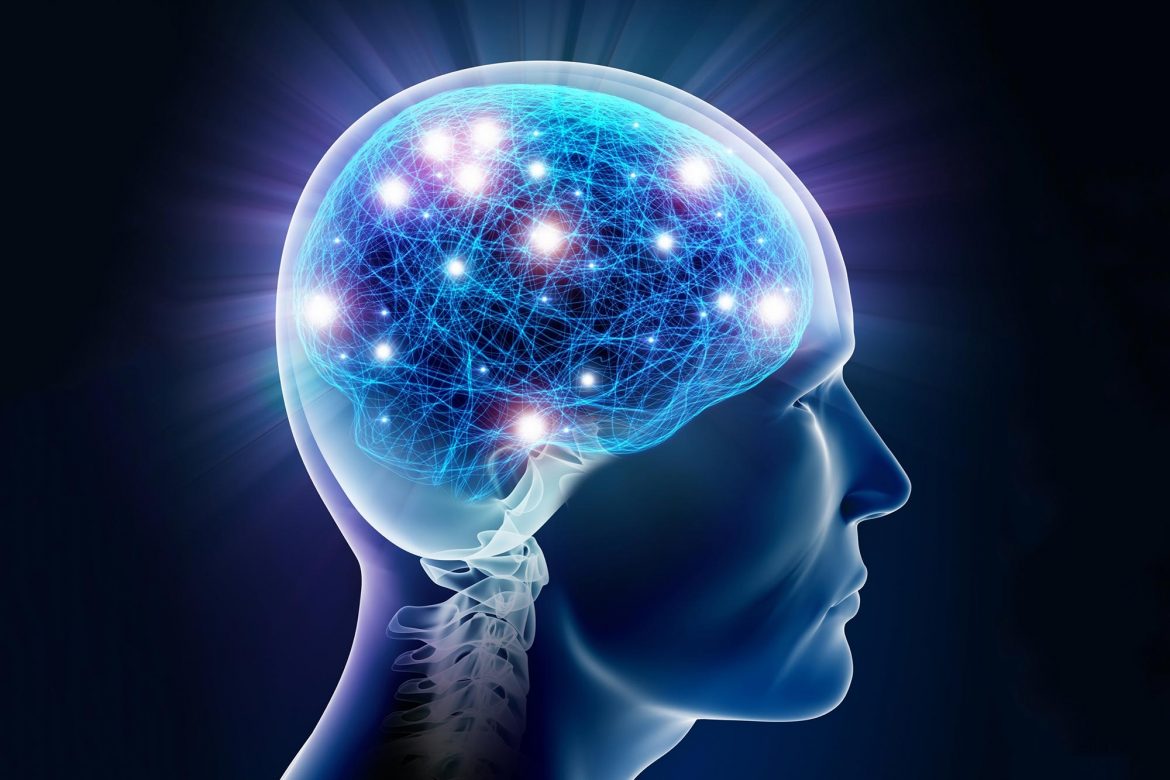The neocortex of the human brain is in charge of our ability to think, determine, recall recent events, and so on. Important parts of the processes underpinning these roles have now been revealed by neuroscientists. Their findings may one day assist in the treatment of various neuropsychiatric diseases and brain injury.
Scientists have long known that the neocortex combines feedforward and feedback information streams. The sensory systems of the brain transmit information from the periphery (our senses) to higher-order portions of the neocortex. The feedback input from these high-level brain areas is then transmitted to change and adjust sensory processing. This two-way communication allows the brain to focus, store short-term memories, and make decisions.
“A simple example is crossing a busy road,” explained corresponding author Gyorgy Lur, PhD, an associate professor of neurobiology and behaviour in the School of Biological Sciences. “There are trees, people, moving automobiles, traffic lights, signage, and other elements. Your higher-level neocortex instructs your sensory system which objects deserve your attention while selecting when to cross.”
The interplay of higher- and lower-level systems also helps us to recall what we observed when we looked both directions to obtain information. “Without that short-term memory, you’d just keep staring back and forth and never move,” he explained. “In fact, if our feedforward and feedback streams weren’t continually interacting, we’d accomplish very nothing but react reflexively.”
Until today, scientists had no idea how neurons in the brain engage in these complex processes. Lur and colleagues discovered that feedforward and feedback signals concentrate on single neurons in the parietal areas of the neocortex. The researchers also revealed that various types of cortical neurons process the two streams of information on vastly different time scales. They discovered the cellular and circuit architecture that supports these differences.
“Scientists have long known that combining many senses improves neural responses,” Lur said. “When you merely see or hear something, your response time is slower than when you experience it with both senses at the same time. We’ve discovered the fundamental mechanics that allow this to happen.”
The same criteria apply whether one input stream is sensory and the other is cognitive, according to the study findings.
Understanding these pathways is critical for developing future therapies for neuropsychiatric disorders such as sensory processing issues, schizophrenia, and ADHD, as well as strokes and other neocortical injuries.
Lur is affiliated with the UC Irvine Centers for Neurobiology of Learning & Memory, Neural Circuit Mapping, and Hearing Research.
Also Read: Link between inflammation and cognitive difficulties in breast cancer survivors!
Follow Medically Speaking on Twitter Instagram Facebook





